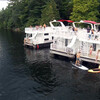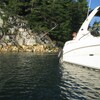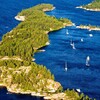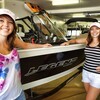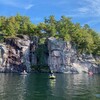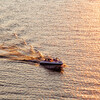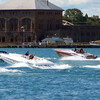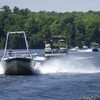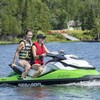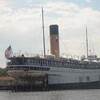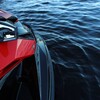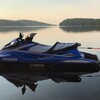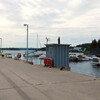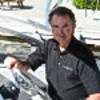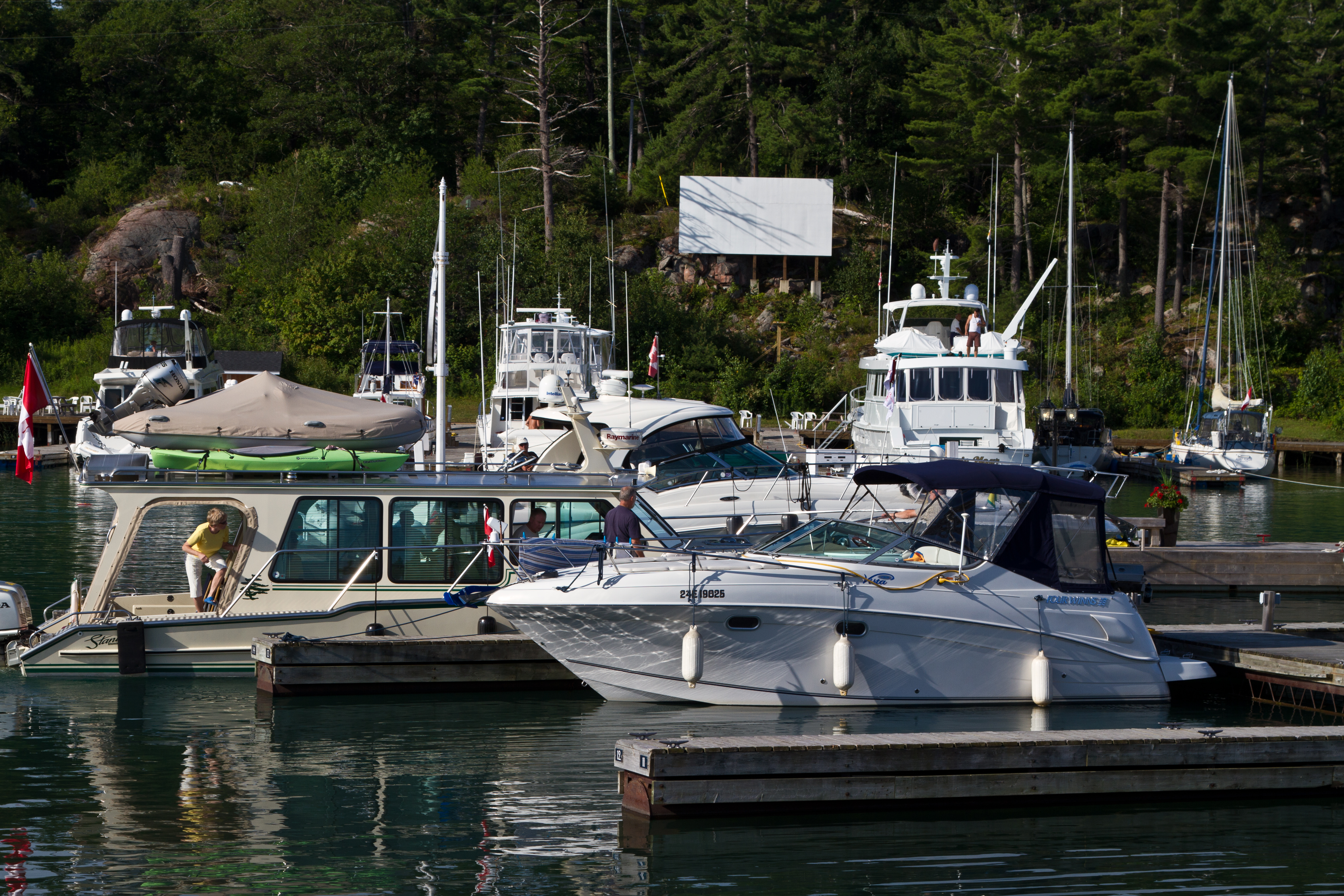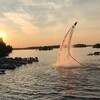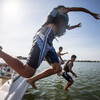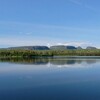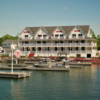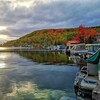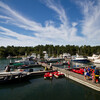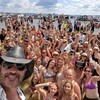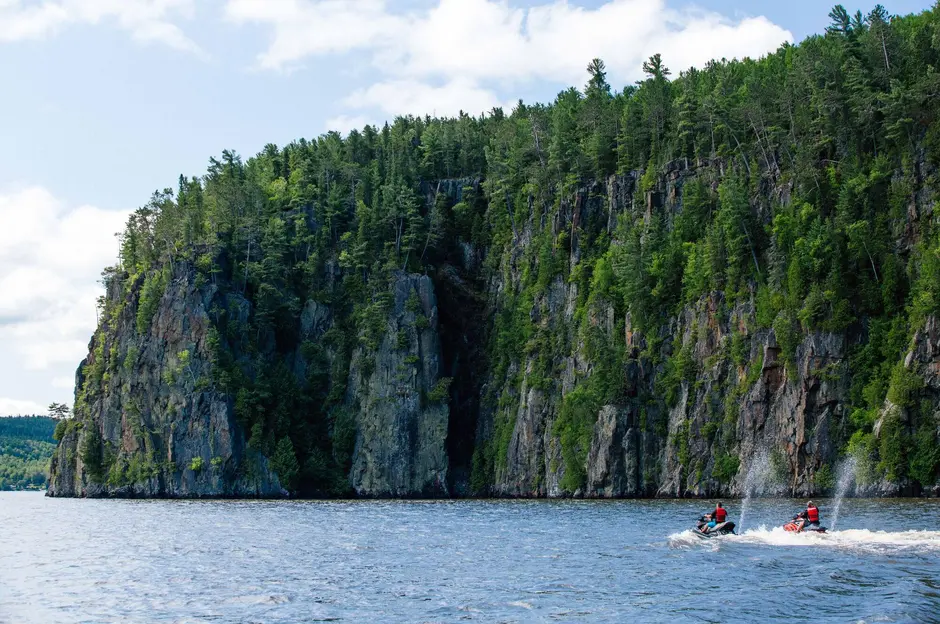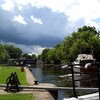
Island Treasures

Islands hold an extra measure of charm for pleasure boaters. For me, it’s influenced by lingering literary memories of Joseph Conrad’s steamy landfalls in the South Pacific, Robert Louis Stevenson’s promises of treasure or adventure and Ernest Hemingway’s Gulf Stream getaways.
There are less mystical and more mundane reasons for the attraction as well. For one thing, boaters don’t need to wait for a ferry or water taxi, but can arrive at an island on their own terms and in their own time.
Personal watercraft are an even better way to go island hopping, with their maneuverability, all-round visibility and shallow draft. From the wild, hard-edged islands of Georgian Bay’s North Channel to the tamer Thousand Islands of the St. Lawrence River, Ontario’s islands have plenty of appeal.
Islands in the Bay
Georgian Bay’s 30,000 Islands, which include one national and three provincial parks, offer a lifetime of exploration. Further north, Manitoulin is one huge island that’s big enough to hold a couple of large inland lakes and several small ones.
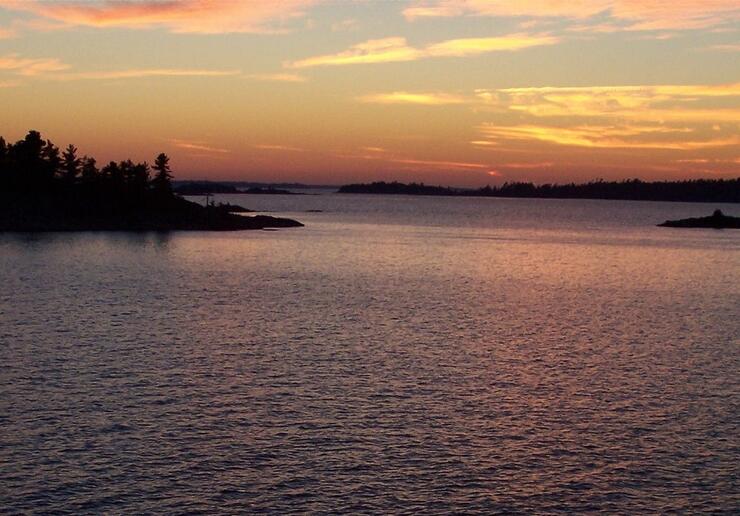
Manitoulin Island’s South Bay, Michael’s Bay, Providence Bay, Gore Bay, Mudge Bay and Bayfield Sound are all worth a visit by PWC. On a calm, sunny day, check out Carter Bay’s spectacular sand beach.
Located on Manitouli’s north shore, the town of Gore Bay has a marina where you can launch or leave your watercraft. Overnight accommodations are available, and the islands of the North Channel are easily accessible from here.
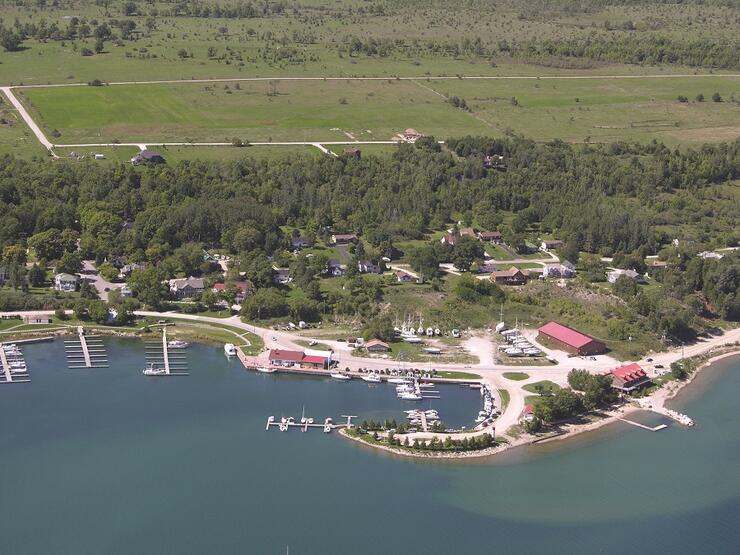
Try to arrive at the end of June, beginning of July, or end of August to avoid hordes of cruisers. But even in peak season, your PWC will take you into shallow inlets where few cruisers dare to go.
The rocky Benjamin Islands are easily accessible, but my favourite is the well-protected harbour in the southwest corner of Croker Island, just east of the Benjamins. PWC campers will find a sandy beach at the end of the bay – complete with an informal campsite.
Fox Island, a couple of miles to the northwest, has a labyrinthine series of glacier-scoured back channels, ideal for exploration by PWC, especially when water levels are high. Depending on when you visit, the North Channel’s water temperature may be bracing, but spectacular granite and quartz shorelines backed by mature mixed forests more than make up for it.
National treasures
Tobermory is headquarters of Bruce Peninsula National Park and the underwater Fathom Five National Marine Park. It has great waterfront hotels and an excellent launch ramp.
The waters east of Tobermory, down the coast of the Bruce Peninsula, serve up stunning vistas of Niagara escarpment cliffs and relatively protected waters. If the wind co-operates, don’t miss a chance to tour around Cove Island, just north of Tobermory, and the small islands clinging to its southern shore. The passage between those islands and the route up Coe Island’s eastern shore is scenic, and there are several protected coves along the way where you can drop anchor for lunch or a rest.
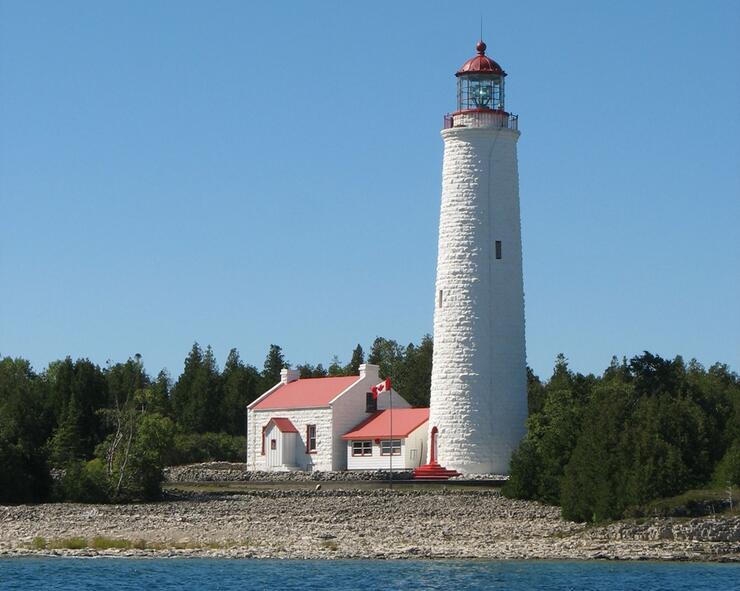
Flowerpot Island, northeast of Tobermory, is usually swarming with tourists, some with kayaks ferried there by tour boats. But the island’s unique “flower-pots” – naturally standing stone chimneys created by pre-historic erosion – are best seen from the water. A PWC makes a perfect viewing platform.
Sunset shore
The sunsets of Lake Huron’s eastern shoreline are probably better known than the small yet charming archipelago known as the Fishing Islands. Located offshore between Oliphant in the south and Pike Bay in the north, they're made up of about two dozen small islands and many more islets and countless rocky reefs.
Intrepid PWC explorers need to pore over charts and move slowly at first. With patience, they will be rewarded by finding special spots (often well-known to locals) like the shallow sandy bay behind Main Station Island. The beach at Red Bay is also a nice place to visit on a calm day.
Further south, just off Southampton, Chantry Island and its lighthouse make for a pleasant afternoon’s cruise. Access to the island’s restored keeper’s house (complete with a reproduction rowing skiff and boathouse) is controlled by a local non-profit group operating a tour boat. To stay within the rules, visit the island on their boat first, and then arrive later by PWC for a better view of the lighthouse and a circumnavigation of the island.
If it’s a relatively calm, sunny day, you can stop at the local beach for a rest or head south along the coast to Miramichi Bay. Approach the shore carefully and watch for rocks – and be sure to get back to the launch ramp (the one east of Highway 21 on the Saugeen River is best) in time to enjoy the sunset.
Seaway beach
All Great Lakes islands aren’t rocky, inaccessible and surrounded by shoals. One of the few islands on Lake St. Clair – and the most popular with pleasure boaters – is literally next door to a major shipping channel and has about four miles of sandy shoreline.
Seaway Island forms the north shore of the St. Clair Cutoff channel at the mouth of the St. Clair River. Local boaters visit from around the lake but Canadian visitors would be best to launch at Ecarte Marine in Port Lambton, then cruise about eight miles down the South Channel and St. Clair Cutoff to the island.
Between the well-marked shipping channel and the sandy shore, the island (originally swampy, but built up by canal dredging over the years) is ideal for access by PWC. You can pull up on the beach and relax. Just remember to keep your watercraft well anchored to shore as the bow waves of passing freighters can make the water rise and fall like and ocean tide.
Seaway Island is almost entirely inside Ontario, but the Canada-U.S. border runs through the South Channel off the island’s north shore. So, unless you are planning a visit to the States and have all the necessary papers on board, be sure to stay south of the border in Canada.
Wine, dine and stay
For PWC enthusiasts who want a complete cruising experience, a long weekend exploring the delights of southwest Lake Erie’s Pelee Island is perfect.
Launch at the marine in Leamington, then head about 12 miles south-southwest to Scudder Marina in Pelee’s North Bay. Your PWC will be safe in the small marina, and you can rent a bicycle or take a taxi to an island bed-and-breakfast, campground or restaurant. The Pelee Island Winery shuttle bus will take you to a tour of the winery, a must-do activity for visitors. There are also beaches and a lighthouse to explore. If weather allows, circumnavigation of the island is also in order.
A Thousand Delights
The Thousand Islands of southern Ontario’s St. Lawrence River are a big contrast to the 30,000 Islands and North Channel of Georgian Bay. Geologically speaking, the Thousand Islands are also part of an outcropping of the Canadian Shield, but they are much more developed and refined.
Many of the islands in the region are privately owned by cottagers or homeowners, but there are lots that are part of the St. Lawrence Islands National Park. Park islands are open to boating visitors and many have docks and campsites.
PWC riders can launch at the municipal marina at Gananoque or at Ed Huck Marine in nearby Rockport. Shoreside overnight accommodations are available near either of the marinas. Camping on one of the park islands is also an option. For comfort and convenience, a hotel or cabin would be my choice.
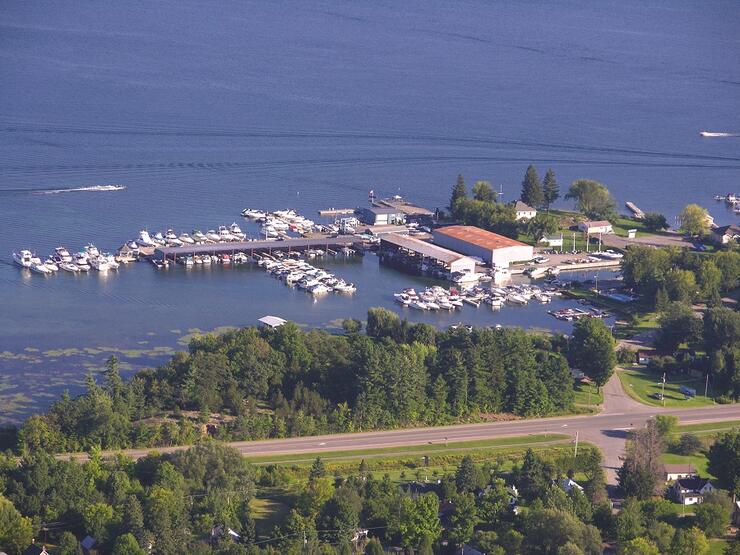
Visitors should check with national park authorities first, but docks and campsites are usually available on a first-come, first-served basis with payment at deposit boxes. So, depending on the season, month and weather, finding a free site may be very easy or next to impossible.
My own favourites are in the Admiralty Island group, near both Kingston and Gananoque, with camping available on Aubrey, Beaurivage and McDonald islands.
Regardless of where you stay overnight, patience with other tourists and careful navigation through the river’s traffic will be richly rewarded with pleasant scenery and usually quiet surroundings, close to Canadian shoreline attractions.
Recommended Articles
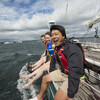
6 Ways to Explore the Great Lakes by Boat or Cruise
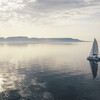
Discover Northern Ontario's Top Boat Tours
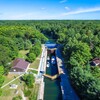
A Guide to Boating the Trent Severn Waterway in Ontario 2025
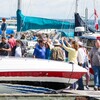
Boating Events in Ontario: A Complete Guide to Summer 2025
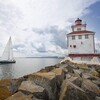
19 Charming Lighthouses to Visit in Northern Ontario
I Boated the Trent Severn Waterway and Here's What It Was Like
I Sailed the New Viking Octantis and Here's What It Was Like

Canadian Canoe Museum
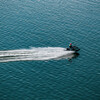
14 PWC Itineraries and Tips for Riding in Ontario

A Thousand Adventures: Boating the 1000 Islands in Ontario
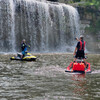
Road Tripping with your PWC
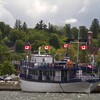
Boat Tours and Cruises in Ontario
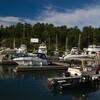
A Guide to Ontario's Marinas

5 Baller Boating Destinations in Ontario
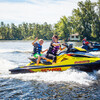
Amazing PWC Getaway
